GPCR/G protein

All GPCRs share a common seven trans-membrane structure. GPCRs are associated with heterotrimeric G-proteins which are GTP-binding proteins made of alpha, beta, and gamma subunits. When a ligand binds to GPCR, it activates the attached G-protein, the GDP is replaced with GTP. The activated G-protein then dissociates into an alpha and a beta-gamma complex which activates downstream signaling pathways. These intracellular signaling pathways include cAMP/PKA, calcium/NFAT, phospholipase C, protein tyrosine kinases, MAP kinases, PI-3-kinase, nitric oxide/cGMP, Rho, and JAK/STAT.
GPCRs are one of the most important therapeutic targets for various diseases, over 30% of all modern medicinal drugs target this family. Aberrant GPCR functions are involved in pathological conditions such as neurological, immunological and hormonal disorders. A large number of GPCRs have been identified, but whose ligands are not known, are classified as orphan receptors.
-
 B5255 GIP (human)Summary: High affinity GIP receptor agonist
B5255 GIP (human)Summary: High affinity GIP receptor agonist -
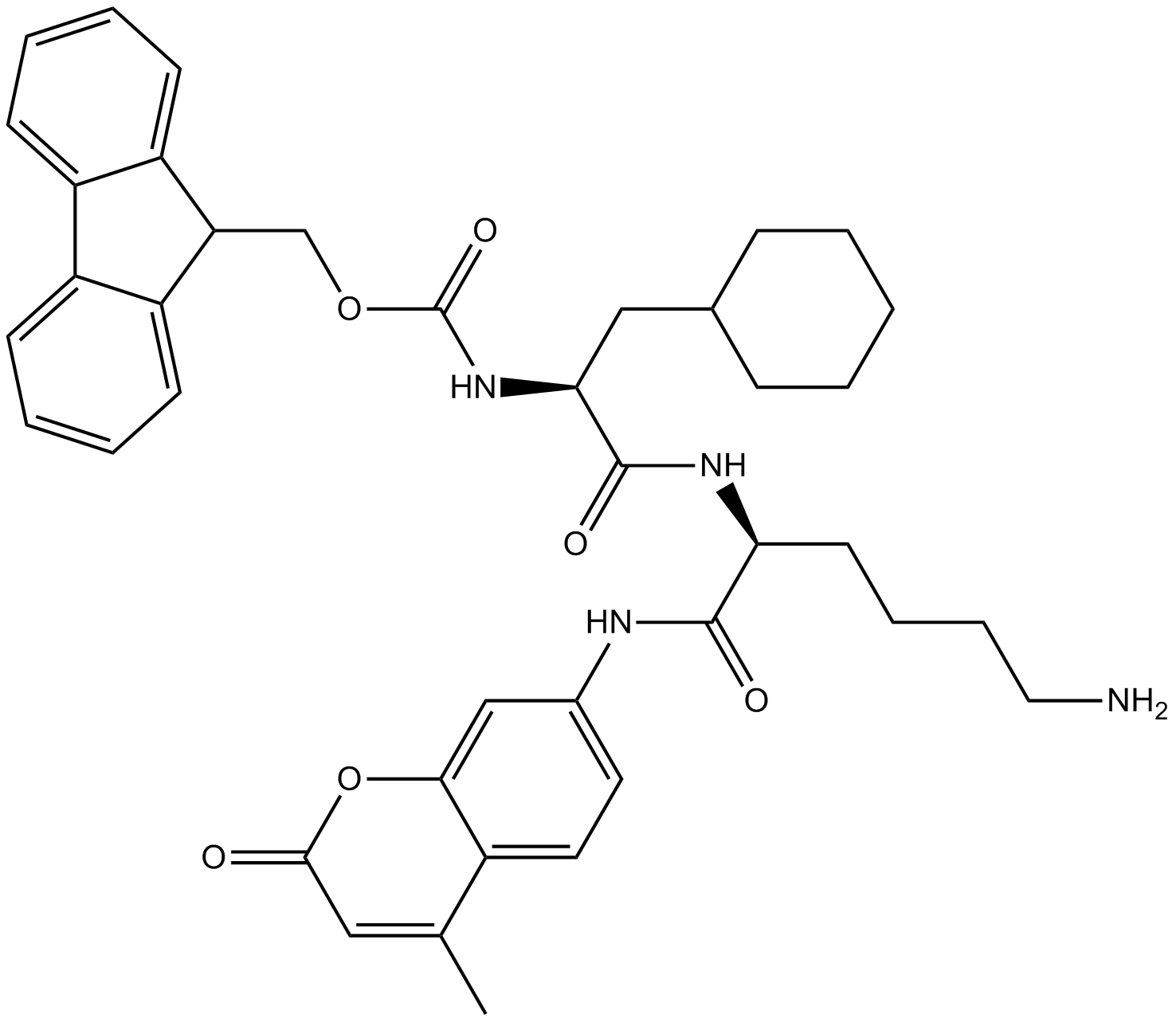 B5256 GalnonSummary: Novel non-peptide galanin GAL1 and GAL2 receptor agonist
B5256 GalnonSummary: Novel non-peptide galanin GAL1 and GAL2 receptor agonist -
 B5259 OxyntomodulinSummary: Endogenous glucagon-like peptide that modulates feeding and metabolism
B5259 OxyntomodulinSummary: Endogenous glucagon-like peptide that modulates feeding and metabolism -
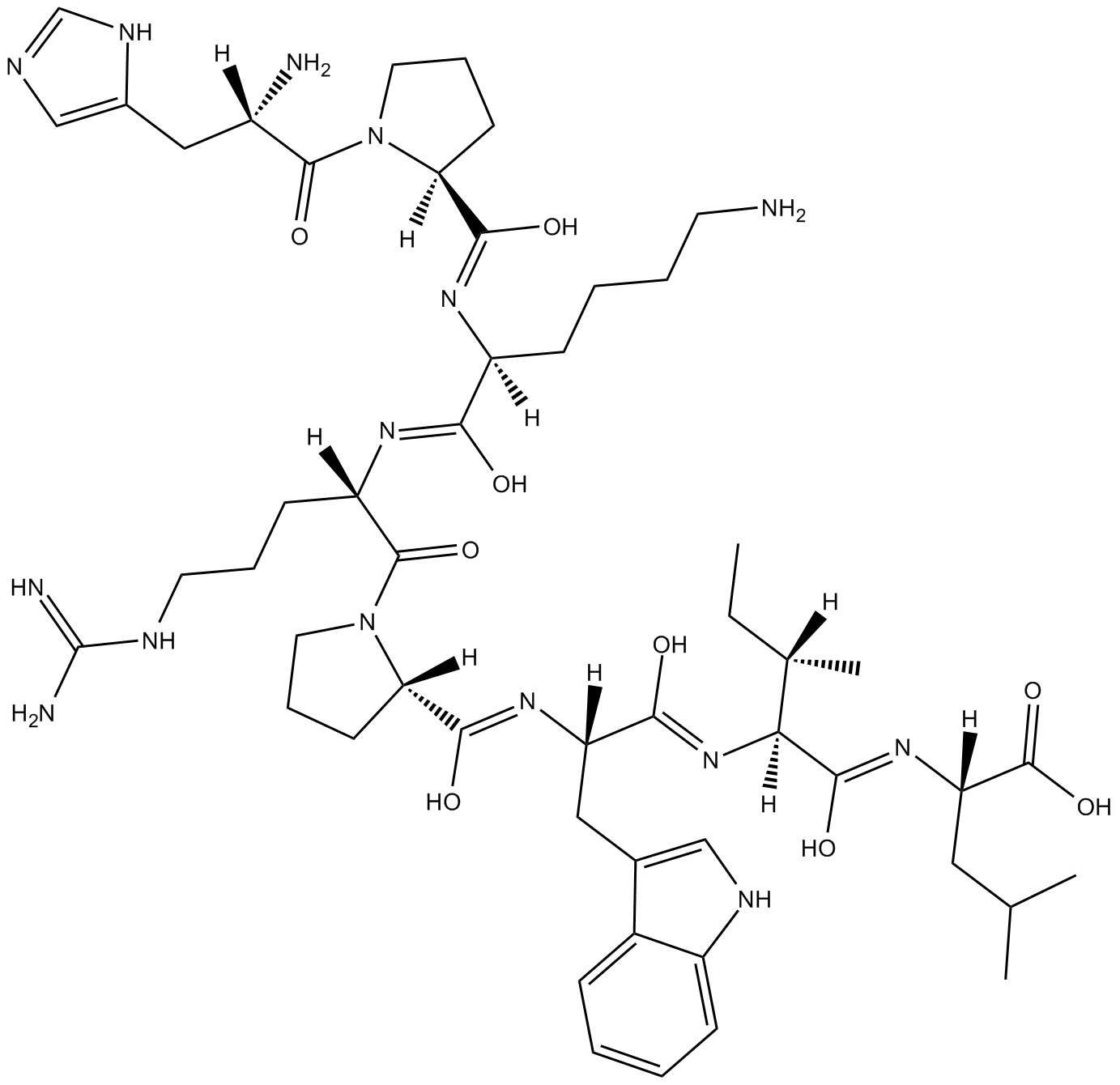 B5261 Xenin 8Summary: neurotensin-like peptide that modulate pancreatic insulin and glucagon secretion/effects
B5261 Xenin 8Summary: neurotensin-like peptide that modulate pancreatic insulin and glucagon secretion/effects -
![[Ala11,D-Leu15]-Orexin B](/pub/media/prod_images/b/5/b5262.png) B5262 [Ala11,D-Leu15]-Orexin BSummary: Highly potent and selective OX2 receptor agonist
B5262 [Ala11,D-Leu15]-Orexin BSummary: Highly potent and selective OX2 receptor agonist -
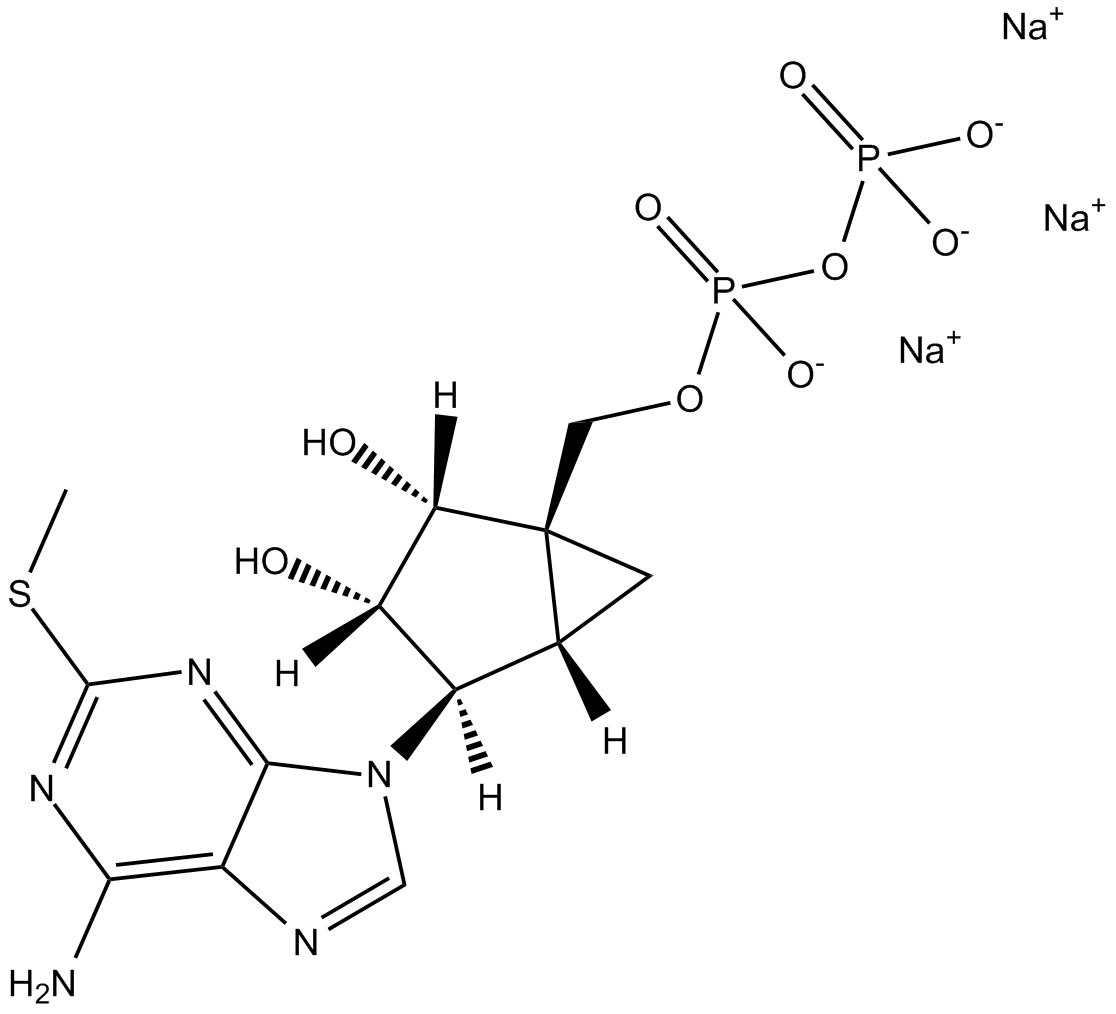 B5264 MRS 2365Summary: Highly potent, selective P2Y1 receptor agonist
B5264 MRS 2365Summary: Highly potent, selective P2Y1 receptor agonist -
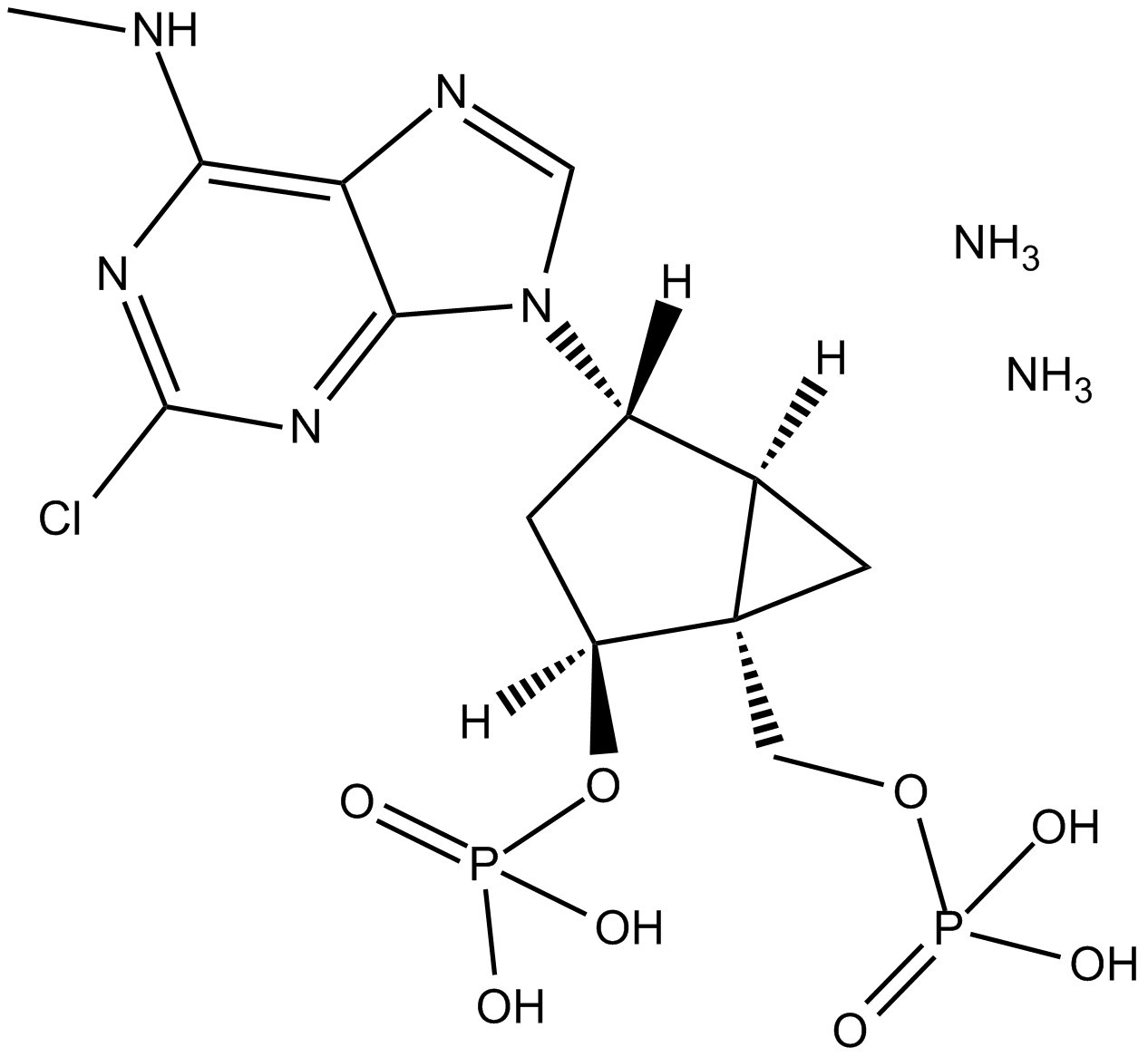 B5265 MRS 2279Summary: Selective, high affinity competitive antagonist of the P2Y1 receptor
B5265 MRS 2279Summary: Selective, high affinity competitive antagonist of the P2Y1 receptor -
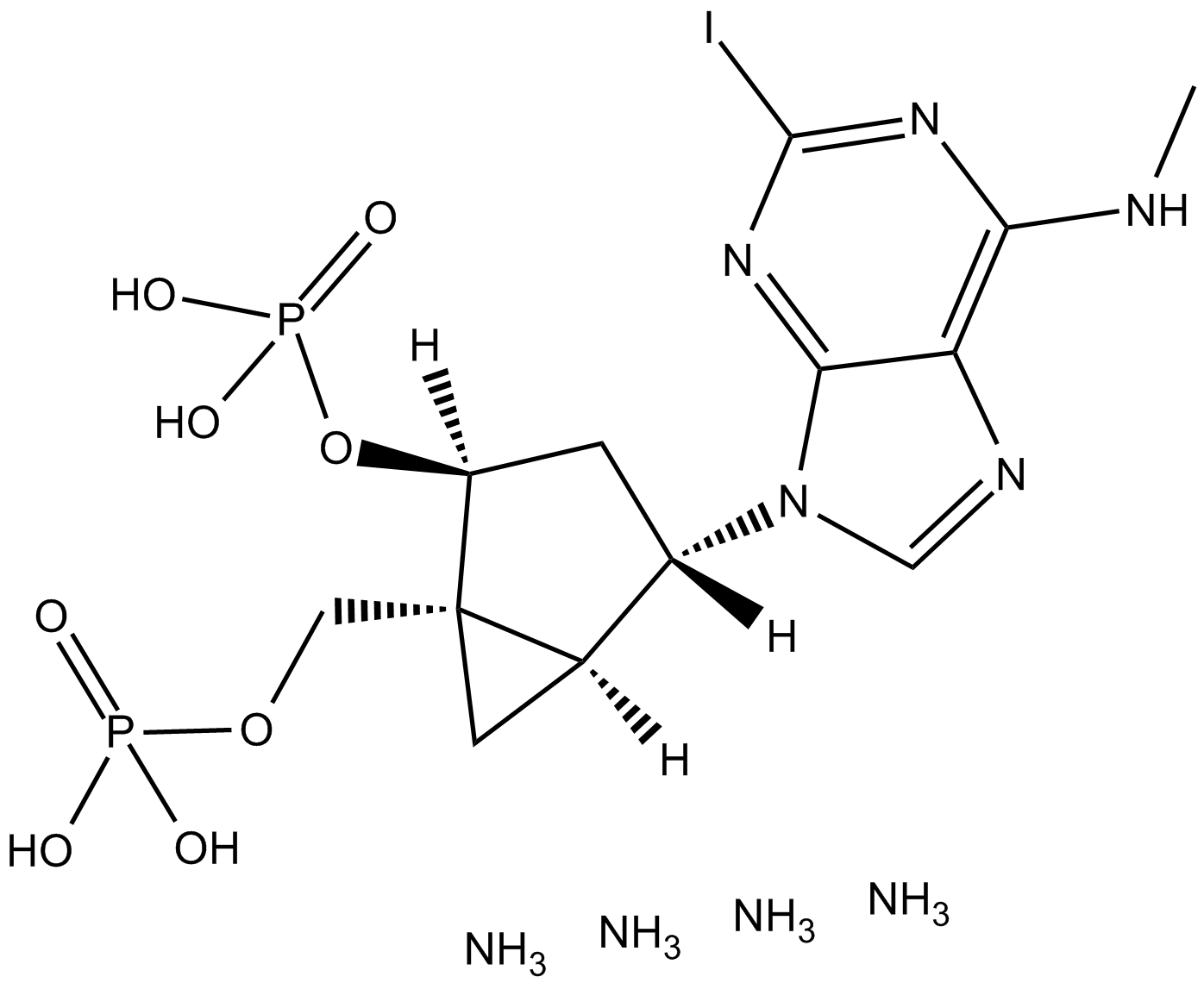 B5266 MRS 2500 tetraammonium saltSummary: Highly potent and selective antagonist of the platelet P2Y1 receptor
B5266 MRS 2500 tetraammonium saltSummary: Highly potent and selective antagonist of the platelet P2Y1 receptor -
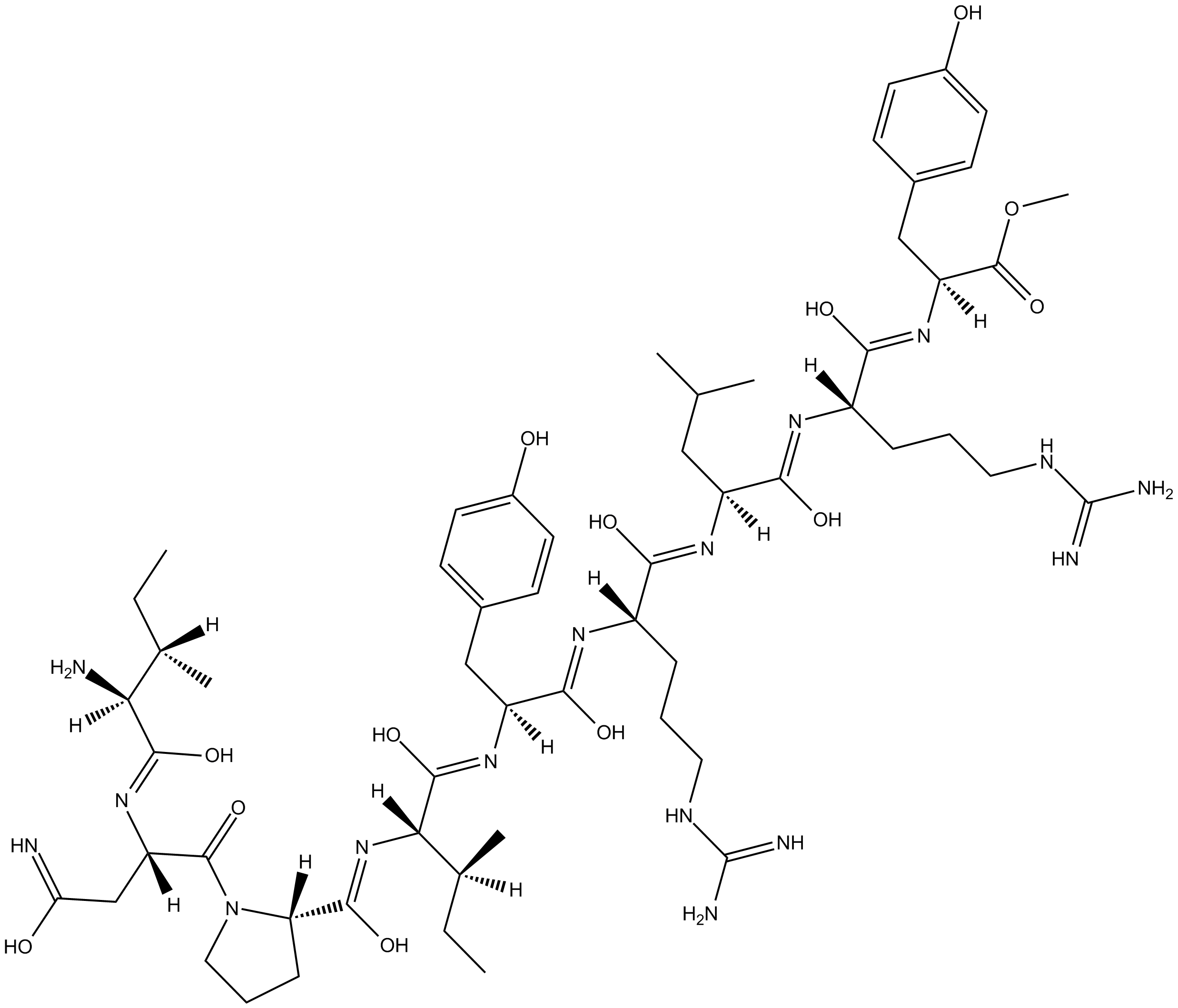 B5267 BVD 10Summary: NPY Y1 receptor antagonist,highly selective
B5267 BVD 10Summary: NPY Y1 receptor antagonist,highly selective -
![des-His1-[Glu9]-Glucagon (1-29) amide](/pub/media/prod_images/b/5/b5273.png) B5273 des-His1-[Glu9]-Glucagon (1-29) amideSummary: Glucagon receptor antagonist
B5273 des-His1-[Glu9]-Glucagon (1-29) amideSummary: Glucagon receptor antagonist

